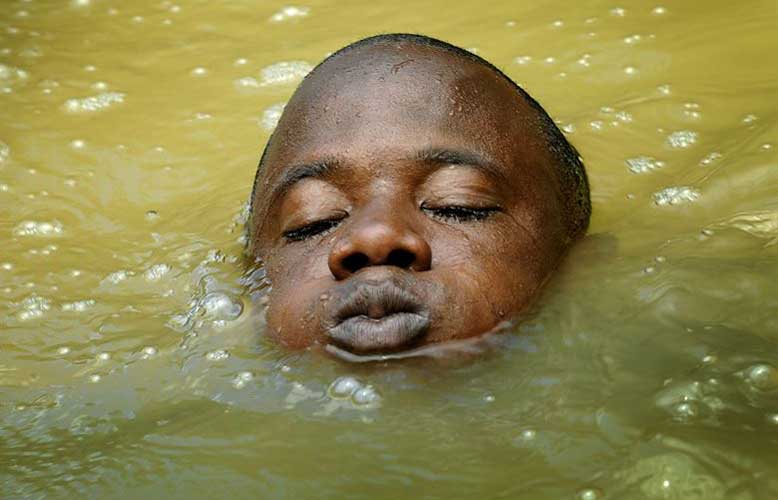- OT
- Science and vision
- Research
- Clean bill of health
Clean bill of health
Researchers have reported on the reliability of assessing facial cleanliness as part of efforts to prevent the spread of trachoma

06 December 2017
Researchers have reported on the reliability of assessing facial cleanliness as part of efforts to prevent the spread of trachoma.
Ocular and nasal discharge is assessed as part of the SAFE strategy for eliminating trachoma (Surgery for advanced disease, Antibiotics for advanced disease, Facial Cleanliness and Environmental improvement).
However, there has been controversy over the reliability of assessing a clean face through the strategy.
A study published in Public Library of Science found that graders trained to assess the presence or absence of discharge could reliably assess facial cleanliness.
Facial cleanliness is important in preventing trachoma because the infection is spread from person to person through ocular and nasal secretions.

The study involved seven graders assessing the facial cleanliness of 60 children between the age of one and seven in Tanzania. The graders came from varying backgrounds, including drivers, medical assistants and census workers, and each received a half hour training session.
The researchers reported that there was a good level of agreement between graders.
“As long as training is provided, the estimate of clean faces in children should be reliable, and reflect the effort of families to keep ocular and nasal discharge off the faces,” they concluded.
They highlight that all the graders did well, regardless of background.
“This suggests that training is the most important aspect for assessment of this sign, not background level of education,” the authors added.
Image credit: US Air Force/Bennie Davis


Comments (0)
You must be logged in to join the discussion. Log in